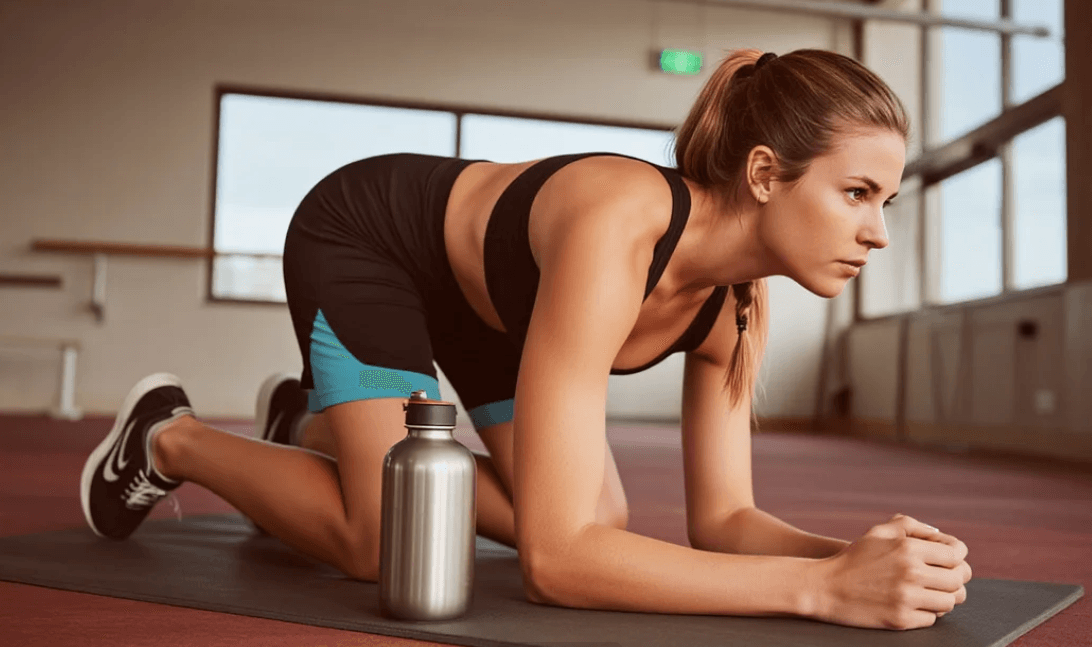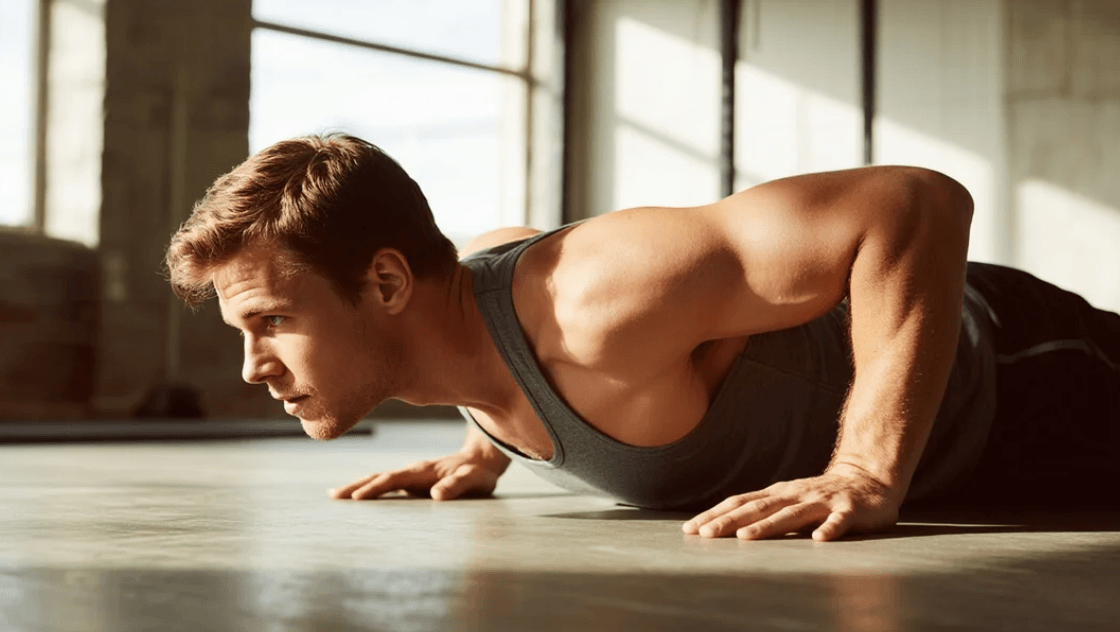How Many Calories Does a Workout Burn? | Complete Calorie Burn Guide
Why Understanding Calorie Burn Matters
When it comes to fitness goals—whether it’s weight loss, muscle gain, or simply maintaining a healthy lifestyle—understanding how many calories a workout burns is essential. Knowing this helps you balance your energy expenditure and intake, design effective training plans, and track progress more accurately.
In this guide, we’ll answer the common question: how many calories does a workout burn? We’ll explore different types of exercises, what affects calorie burn, and how you can measure your own energy expenditure effectively.
What Are Calories and Why Do We Burn Them During Exercise?
Calories are a measure of energy. The food we eat provides calories that our body uses to fuel all activities—from breathing to lifting weights. During a workout, your body increases its energy expenditure to supply the muscles with energy, resulting in calorie burn.
The number of calories burned depends on various factors, including the type of exercise, its intensity, your weight, age, and fitness level.
Factors That Affect How Many Calories You Burn
Not all workouts are created equal, and the calories you burn can vary significantly. Here are some key variables:
- Body weight: Heavier individuals burn more calories for the same activity due to higher energy demands.
- Exercise intensity: High-intensity workouts like HIIT or sprinting burn more calories than low-intensity exercises like walking.
- Workout duration: The longer you exercise, the more total calories you burn.
- Muscle mass: More muscle increases your basal metabolic rate (BMR), resulting in higher calorie burn even at rest.
- Gender and age: Younger individuals and men tend to burn more calories due to higher muscle mass and metabolism.
How Many Calories Do Different Workouts Burn?
Let’s break down the average calorie burn across popular workout types for a person weighing approximately 155 pounds (70 kg). Heavier individuals will burn more; lighter individuals, slightly less.
1. Running
Running is one of the most effective workouts for burning calories.
- Running at 5 mph (12-minute mile): ~600 calories/hour
- Running at 6 mph (10-minute mile): ~700 calories/hour
- Running at 7.5 mph (8-minute mile): ~850 calories/hour
Inclines and sprint intervals can significantly increase this number.
2. Walking
Though lower in intensity, walking can still provide significant calorie burn, especially over long durations.
- Walking at 3.5 mph: ~280–300 calories/hour
- Walking at 4.5 mph: ~370 calories/hour
Using a weighted vest or walking uphill can increase your expenditure.
3. Strength Training
Lifting weights doesn’t burn as many calories during the workout, but it builds muscle, which increases your resting metabolism.
- General weight training: ~220–300 calories/hour
- Vigorous strength training: ~350–400 calories/hour
Compound movements like squats, deadlifts, and clean & press burn more calories.
4. High-Intensity Interval Training (HIIT)
HIIT alternates between bursts of intense effort and brief recovery, maximizing calorie burn in a short time.
- HIIT (30 minutes): ~350–450 calories
It also leads to higher EPOC (Excess Post-Exercise Oxygen Consumption), meaning you continue to burn calories even after the workout ends.
5. Cycling
Whether on a stationary bike or outdoors, cycling is an excellent cardiovascular workout.
- Leisure cycling (12–13.9 mph): ~500–600 calories/hour
- Intense cycling (>16 mph): ~850–900+ calories/hour
6. Swimming
Swimming engages your entire body and is joint-friendly, making it suitable for all ages.
- Light swimming: ~400 calories/hour
- Vigorous laps: ~700–750 calories/hour
7. Jump Rope
Jumping rope burns calories rapidly and also improves coordination and cardiovascular health.
- Moderate pace: ~600 calories/hour
- Fast pace: ~800–1000 calories/hour
8. Yoga and Pilates
These workouts may not burn as many calories but offer benefits in flexibility, stress relief, and strength.
- Basic Hatha Yoga: ~200 calories/hour
- Power Yoga/Pilates: ~350 calories/hour
9. Group Fitness Classes
From Zumba to CrossFit, these classes combine fun with effective calorie-burning routines.
- Zumba: ~400–600 calories/hour
- CrossFit/Bootcamp: ~600–800 calories/hour
How to Measure Calories Burned More Accurately
While online calculators give rough estimates, personalized tracking gives more reliable results. Here’s how to measure more accurately:
- Fitness trackers (e.g., Apple Watch, BodyWave): These devices estimate calories burned based on heart rate, movement, and personal data.
- Heart rate monitors: A more precise way to measure exertion and calculate energy expenditure.
- Metabolic testing: Done in labs or by professionals, this calculates your exact caloric burn.
What is MET (Metabolic Equivalent of Task)?
MET is a scientific way to estimate the energy cost of physical activities. 1 MET = the energy you use at rest.
For example, an activity with 6 METs (like running at a moderate pace) burns 6 times the energy compared to sitting still. You can calculate calories burned using:
Calories burned = MET × weight (kg) × time (hours)
How Many Calories Should You Burn Per Workout?
The answer depends on your goal:
- Weight loss: Aim to burn 300–500 calories per session while maintaining a calorie deficit.
- Fitness/maintenance: Focus less on calories and more on consistency and variety.
- Performance: Fuel adequately before and after workouts to support recovery and performance.
Remember: it’s not only about how many calories you burn but also about your overall energy balance.
Do You Keep Burning Calories After a Workout?
Yes—especially after high-intensity or resistance workouts. This phenomenon is called EPOC (Excess Post-Exercise Oxygen Consumption), where your body continues to burn calories at an elevated rate for hours post-exercise.
Strength training, interval training, and long runs usually produce the most EPOC effect.
Tips to Maximize Calorie Burn During Workouts
- Increase intensity by adding intervals or resistance.
- Use compound movements that work multiple muscle groups.
- Incorporate circuit training with minimal rest between sets.
- Stay consistent and challenge your body with progressive overload.
- Combine cardio and strength training for the best results.
Conclusion: It's About Balance and Consistency
So, how many calories does a workout burn? It depends on your body, your activity, and how hard you push. From gentle yoga to intense HIIT, every form of movement contributes to your overall health and calorie expenditure.
Rather than obsessing over exact numbers, focus on consistency, progressive training, and overall energy balance. Track your progress, listen to your body, and use smart tools to stay informed and motivated on your fitness journey.







BodyWave: Invest in Your Well-being!

